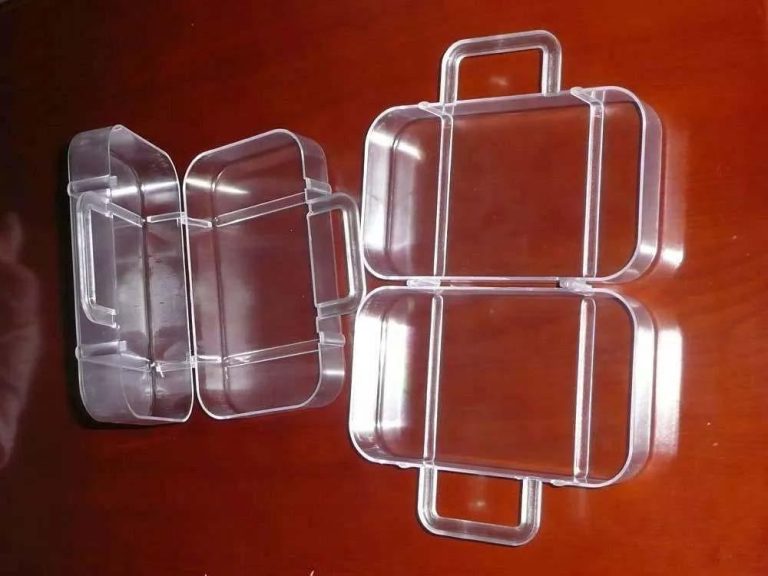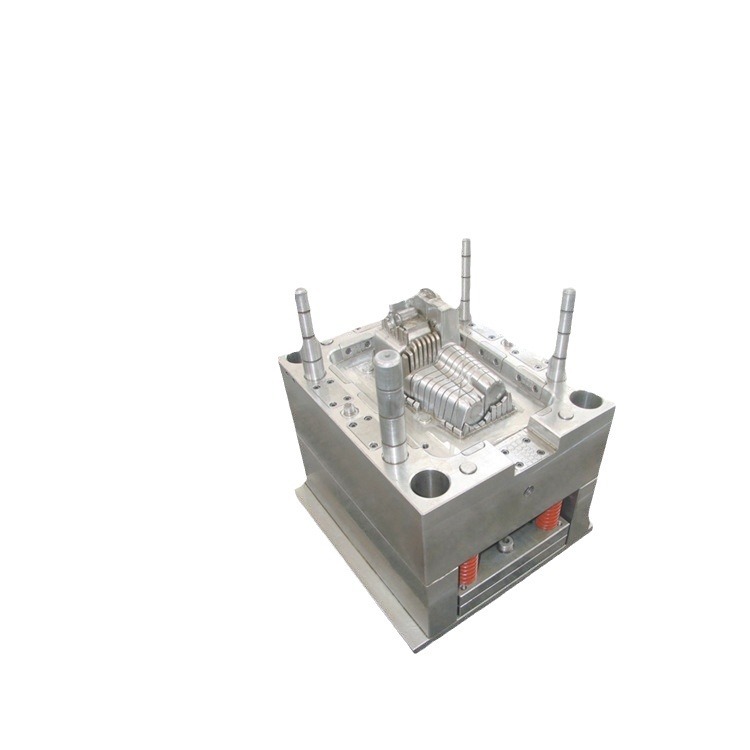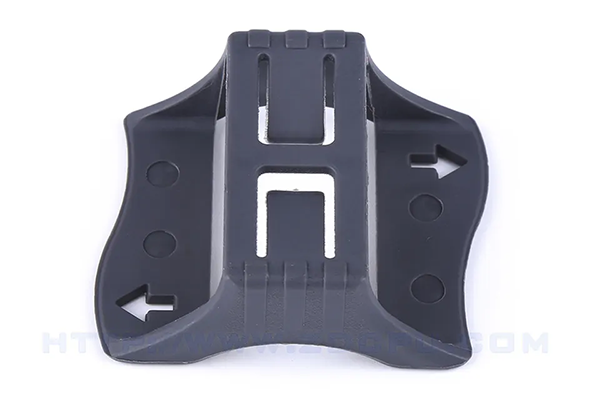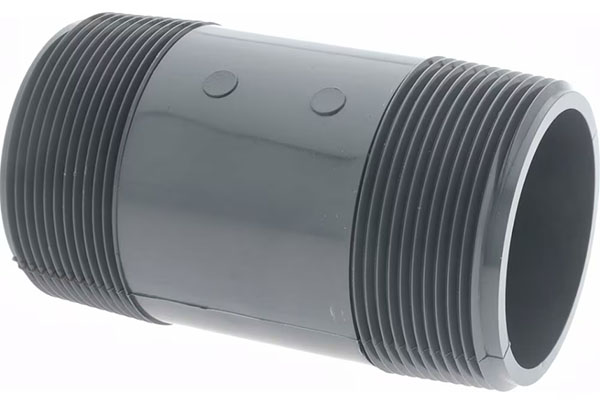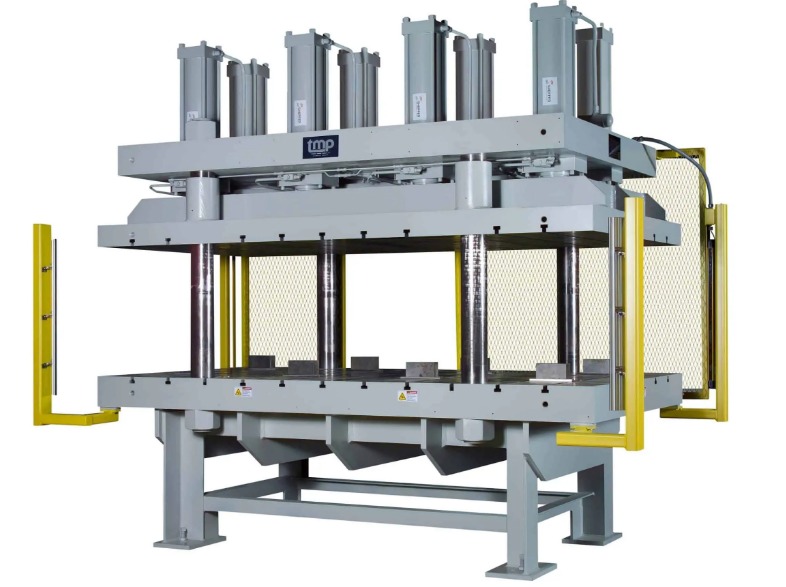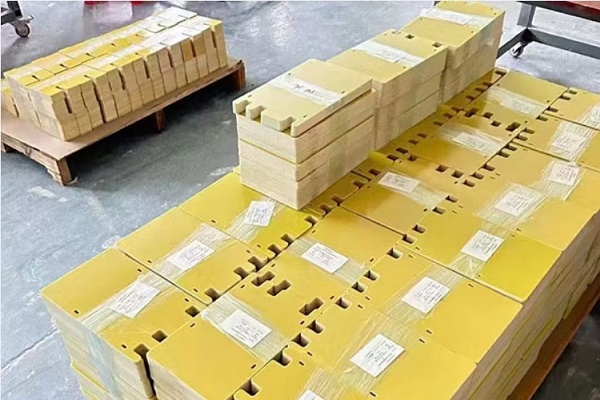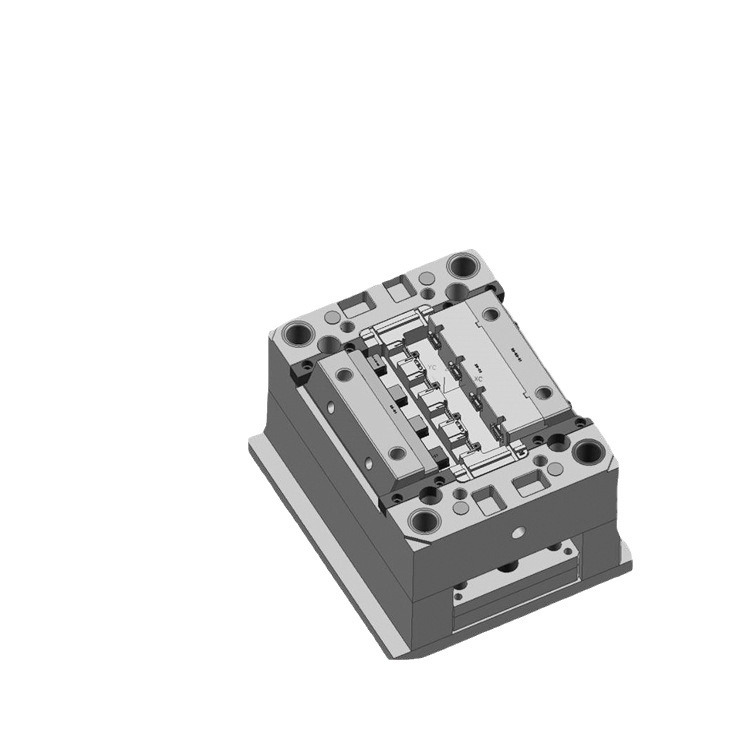Transparent plastics are indispensable in countless applications, but molding them to maintain flawless optical clarity is a challenge that frustrates many manufacturers. Even minor defects like micro-voids or surface scratches can ruin a part’s transparency, rendering it useless for applications like lenses or display covers. Controlling color consistency across batches is another hurdle, as slight variations are immediately noticeable in clear parts. Additionally, balancing process parameters to prevent warpage while ensuring high gloss can feel like a never-ending battle. This guide addresses these pain points, offering expert insights into transparent plastics’ properties, molding processes, and more to help you produce crystal-clear, high-quality parts.
Material Properties of Transparent Plastics: Clarity and Beyond
Transparent plastics are defined by their ability to transmit light with minimal scattering, but their performance varies widely by type. Optical clarity is measured by light transmission rates: polycarbonate (PC) offers 89–90%, acrylic (PMMA) 92–93%, and cyclic olefin copolymer (COC) up to 94%, making them suitable for precision optical components.
Refractive index affects how light bends through the material—PMMA has a refractive index of 1.49, PC 1.59, and COC 1.53, which is critical for lens design. UV resistance varies: PMMA resists UV yellowing better than PC, making it ideal for outdoor applications like skylights, while PC requires additives for long-term UV stability.
Scratch resistance is a key consideration—PMMA is more scratch-resistant than PC, though both benefit from hard coatings. Impact resistance tells a different story: PC has a notched Izod impact strength of 60–80 kJ/m², far exceeding PMMA’s 2–4 kJ/m², making PC better for safety glasses and automotive lenses.
Thermal stability ranges from 80°C (PMMA) to 120°C (PC), with COC offering 100–160°C for high-temperature applications. Chemical resistance is strongest in COC, which resists oils and solvents, while PMMA is vulnerable to alcohols. Dimensional stability is superior in COC (coefficient of thermal expansion: 60–70 ppm/°C) compared to PC (70–80 ppm/°C), important for precision parts like optical connectors.
Injection Molding Process for Transparent Plastics: Precision in Every Step
Transparent plastic injection molding demands meticulous control to preserve clarity. Drying requirements are strict—moisture causes cloudiness, so PC must be dried at 120°C for 4–6 hours, PMMA at 80°C for 2–4 hours, and COC at 100°C for 3–5 hours, all with moisture content below 0.02%.
Melt temperature varies by material: PMMA works at 210–240°C, PC at 280–300°C, and COC at 230–270°C. Exceeding these ranges causes degradation, leading to yellowing or haze. Injection pressure ranges 80–140 MPa, with higher pressures needed for complex geometries to ensure complete filling without voids.
Injection speed should be moderate to high (50–80 mm/s) to minimize flow marks, but not so fast that shear heating causes degradation. Cooling time is critical—PC needs 20–30 seconds, PMMA 15–25 seconds—to prevent internal stress that causes birefringence (optical distortion).
Cycle time averages 30–60 seconds, with high-gloss processing requiring slower cooling to maintain surface smoothness. Runner and gate design must avoid sharp corners that trap air; edge gates work well for flat parts, while submarine gates reduce visible gate marks on lenses. Process optimization involves incremental adjustments—slowing injection speed if flow lines appear, or increasing hold pressure to eliminate sink marks.
Mold Design for Transparent Plastics: Crafting for Clarity
Mold design principles for transparent plastics focus on eliminating defects that compromise clarity. Transparent plastic mold materials must be polished to a mirror finish—P20 steel with a diamond polish (Ra < 0.02 μm) works for general use, while stainless steel prevents corrosion in high-moisture environments.
Mold flow analysis identifies potential issues like air traps or weld lines, which appear as haze in transparent parts. Cooling channel layout must be uniform, with channels 8–12 mm from the cavity to prevent uneven cooling and warpage. Water temperature is material-specific: 60–70°C for PC, 50–60°C for PMMA.
Venting requirements are strict—vents 0.01–0.02 mm deep at flow ends prevent air bubbles, which show as voids. Draft angles of 0.5–1° reduce friction during ejection, protecting the high-gloss mold surface and preventing scratches on the part.
Ejector pin design uses large, flat pins or stripper plates to distribute force, avoiding marks that mar clarity. Hot runner systems with valve gates reduce weld lines and gate marks, critical for lenses. Surface finish is non-negotiable—even microscopic scratches on the mold transfer to the part, so molds require regular polishing.
Quality Control and Defects in Transparent Plastics Molding: Clear Solutions
Transparent plastics reveal defects that might go unnoticed in opaque parts. Common issues and fixes include:
| Defect | Cause | Solution |
| Haze/Cloudiness | Moisture or degradation | Improve drying; lower melt temperature. |
| Flow Lines | Slow injection speed or uneven flow | Increase speed; optimize gate location. |
| Voids | Trapped air or insufficient packing | Add vents; increase hold pressure. |
| Warpage | Uneven cooling | Balance cooling channels; adjust cooling time. |
| Scratches | Poor mold release or rough handling | Polish mold; use release agents sparingly. |
Quality control methods include visual inspections under LED lights to detect haze, and spectrophotometers to measure light transmission (target: >90% for clear parts). Optical defects like birefringence are checked with polariscopes, ensuring parts meet standards for lenses and displays.
Statistical process control (SPC) monitors variables like melt temperature and pressure, with allowable deviations of ±5°C and ±10 MPa. Inspection techniques for dimensional accuracy use CMMs with ±0.005 mm precision, critical for optical components.
Applications of Transparent Plastics: Clarity in Action
Transparent plastics shine in diverse applications:
- Optical components: Camera lenses (COC for precision), eyeglass lenses (PMMA for scratch resistance), and fiber optic connectors (PC for impact resistance).
- Lighting fixtures: LED covers (PC for heat resistance) and streetlight diffusers (PMMA for UV stability).
- Automotive lenses: Headlights (PC with hard coating) and instrument clusters (PMMA for clarity).
- Medical devices: IV fluid containers (COC for chemical resistance) and surgical light covers (PC for impact safety).
- Consumer electronics: Smartphone screens (PC with scratch coating) and smartwatch displays (PMMA for cost-effectiveness).
Design for manufacturing tips: Use uniform wall thickness (2–3 mm) to avoid sink marks, and rounded corners to reduce stress concentrations that cause haze.
Post-Processing and Finishing of Transparent Plastic Parts: Enhancing Clarity
Post-molding operations must preserve transparency. Surface treatments like hard coating (diamond-like carbon or silicone-based) boost scratch resistance on PC and PMMA parts, common for eyewear and displays.
Painting and coating require clear, UV-stable coatings applied in dust-free environments to avoid particles. Adhesive bonding uses optically clear adhesives (OCA) for lenses and displays, ensuring no visible glue lines.
Ultrasonic welding works for PC and PMMA, creating strong bonds without affecting clarity, ideal for medical device assemblies. Machining and trimming use sharp carbide tools at low speeds to prevent chipping, critical for precision lenses.
Assembly tolerances are tight (±0.01 mm) for optical components to ensure proper alignment. Finishing standards include ISO 10110 for optical parts, specifying allowable defects like scratches and bubbles.
Safety and Environmental Considerations in Transparent Plastics Molding
Safety protocols include proper ventilation—fumes from overheated PC contain harmful compounds, so exhaust systems are mandatory. Material handling safety involves wearing gloves to prevent oil transfer, which causes surface defects.
Environmental regulations require recycling programs—PC and PMMA are recyclable, though recycled material may have reduced clarity, suitable for non-optical parts. Waste management of scrap includes separate bins for each material to avoid contamination.
Sustainable practices include using bio-based PMMA and energy-efficient dryers. Chemical exposure is minimized by storing solvents (used for cleaning molds) in sealed containers, with MSDS training for workers.
Yigu Technology’s Perspective
As a leading custom manufacturing supplier in China, Yigu Technology specializes in transparent plastic injection molding. We understand that optical clarity is non-negotiable, so we use precision molds with mirror finishes and strict drying protocols. Our expertise in process optimization minimizes defects like haze and flow lines, ensuring parts meet the highest standards for optical and consumer applications. Whether you need automotive lenses or medical device components, we deliver transparent parts that combine clarity, strength, and consistency.
FAQs
- Which transparent plastic is best for outdoor applications?
PMMA is ideal for outdoor use due to its superior UV resistance, resisting yellowing better than PC. For impact-resistant outdoor parts like safety barriers, UV-stabilized PC is a better choice.
- How can I improve scratch resistance in transparent plastics?
Applying hard coatings (like silicone dioxide or diamond-like carbon) significantly boosts scratch resistance in PC and PMMA. COC has inherent scratch resistance, making it suitable for low-maintenance applications.
- Can recycled transparent plastics be used for optical components?
Recycled transparent plastics often have reduced optical clarity and color consistency, making them unsuitable for lenses or displays. They work well for non-critical applications like packaging or decorative parts.
